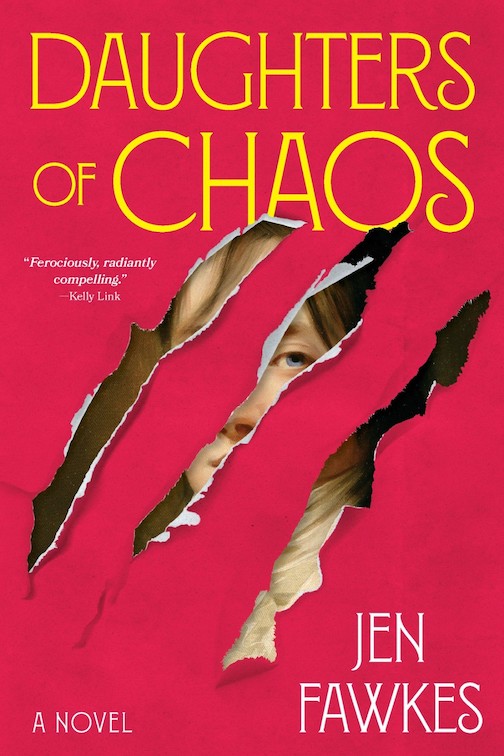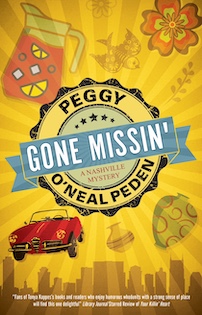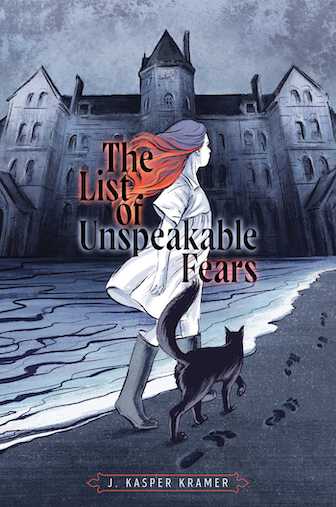The Mind Is Its Own Place
Lee Conell’s debut story collection, Subcortical, explores the brain’s strange connections
Subcortical, the title of Lee Conell’s debut story collection, signals a fiction that depicts problems centered on behavioral processes, motivation, and long-term memory—functions located in the subcortex. A neuroscientific reference might weed out readers looking for escapist entertainment, but it provides an accurate index for the wit and sophistication to be found in this volume. Conell had other story titles to choose from: “Guardian,” “A Guide to Sirens,” or “The Afterlife of Turtles”—even “My Four Stomachs” might have more popular appeal. But Subcortical lets readers know that their minds will be activated even as their hearts are softened by these engaging stories.
 Like all good fiction, this collection features dynamic characters facing critical dilemmas. What distinguishes these stories is the way Conell layers in intellectual references that multiply the book’s thematic resonances. Neuroscience, gene theory, the enrichment of uranium, and climate change feature as metaphors for personal transformation. In one, a cow’s four-chambered digestive tract provides the structure for a tale of love and loss. In another, underwater acoustics (“Above land, we hear through air conduction. Under the sea, bone conduction”) help explain a widower’s continued connection to his wife.
Like all good fiction, this collection features dynamic characters facing critical dilemmas. What distinguishes these stories is the way Conell layers in intellectual references that multiply the book’s thematic resonances. Neuroscience, gene theory, the enrichment of uranium, and climate change feature as metaphors for personal transformation. In one, a cow’s four-chambered digestive tract provides the structure for a tale of love and loss. In another, underwater acoustics (“Above land, we hear through air conduction. Under the sea, bone conduction”) help explain a widower’s continued connection to his wife.
As clever as they are, Conell’s protagonists learn that intelligence doesn’t necessarily entail self-knowledge, nor is self-awareness a hedge against anguish. In “Unit Cell,” Sheila, a biologist researching DNA replication (at a Nashville university that sounds suspiciously like Vanderbilt, where Conell received her M.F.A. degree), looks into her lab trays and “sees her dead twin sister.” June, who did not share Sheila’s academic talent, died in a one-car collision after trying to drink away romantic disappointment. Sheila, Conell writes, is “using her work as a metaphor for personal tragedy, for feelings inside of herself, and that’s not the point of what she does. The point of what she does is to feel the world outside of herself. Its vastness, its beauty, its unknowability.” Her scientific curiosity, borne of natural wonder, cannot assuage her remorse for not having heard June’s cries for help.
Other characters, too, discover that guilt can have peculiar ways of re-emerging. Ruth, the protagonist of “What the Blob Said to Me,” worked on the Manhattan project in Oak Ridge during World War II, but she feels no residual trauma over having contributed to the atomic bomb, no matter how many times her prying grandson raises the question. Instead she recalls having reported her roommate’s “suspicious” behavior to the authorities, a small-scale act of bad faith. “Maybe I will tell him my capacity for shame is only so big as one human life,” Ruth thinks. In this book monsters exist, but they are always self-created, human-sized.
 Several stories demonstrate Conell’s knack for weaving disparate strands together, providing multi-faceted depictions of characters undergoing life-changing events. “Recuerdo” depicts a security guard confronting his wife’s health crisis while at the same time discovering that homeless people are sneaking onto his employer’s property for illicit purposes. Here and elsewhere, Conell mixes the trivial and the profound to produce revelatory results. That quality—making strange connections not just plausible but necessary—infuses the entire collection. This is a writer with a penchant for noticing incongruities, the way inappropriate thoughts tend to erupt at precisely the wrong time. One narrator describes the voice of her grandson as “a towering turreted thing, a giant penis of a voice. Which is a horrible way to think about your grandson’s voice, but there, the thought is there in my mind.”
Several stories demonstrate Conell’s knack for weaving disparate strands together, providing multi-faceted depictions of characters undergoing life-changing events. “Recuerdo” depicts a security guard confronting his wife’s health crisis while at the same time discovering that homeless people are sneaking onto his employer’s property for illicit purposes. Here and elsewhere, Conell mixes the trivial and the profound to produce revelatory results. That quality—making strange connections not just plausible but necessary—infuses the entire collection. This is a writer with a penchant for noticing incongruities, the way inappropriate thoughts tend to erupt at precisely the wrong time. One narrator describes the voice of her grandson as “a towering turreted thing, a giant penis of a voice. Which is a horrible way to think about your grandson’s voice, but there, the thought is there in my mind.”
The stories in this book invariably open with lines that are catchy but not cloying or gimmicky. “The Afterlife of Turtles” announces from the jump that its characters suffer dramatic mood swings: “On good days we talk about science fiction and soup. On bad days we talk about turtle heaven and hell.” The title story begins, “In the early seventies, I began sleeping with a married doctor who wanted to cure homosexuality.” “The Rent-Controlled Ghost” opens declaratively—“Big, rich, important men were waiting for the old lady in 4c to die”—wasting no time in getting to the conflict. The lines are both literally true and thematically important. The weirdness is not in Conell’s imagination but in our world.
With sixteen stories of various lengths, Subcortical is a substantial debut. The shorter pieces, four to five pages each, are elliptical and open-ended, leaving readers wanting more. The longer stories possess the heft of novels, with complex characters who grow in surprising directions. This collection promises a bright future for Conell in longer fictional forms, but here’s hoping she returns on occasion to write stories like these, gems of quirky insight and the heartache of difficult lessons. As Conell clearly knows, learning the hard way is the only way we learn anything.

Sean Kinch grew up in Austin and attended Stanford. He earned a Ph.D. from the University of Texas. He now teaches in Nashville.


